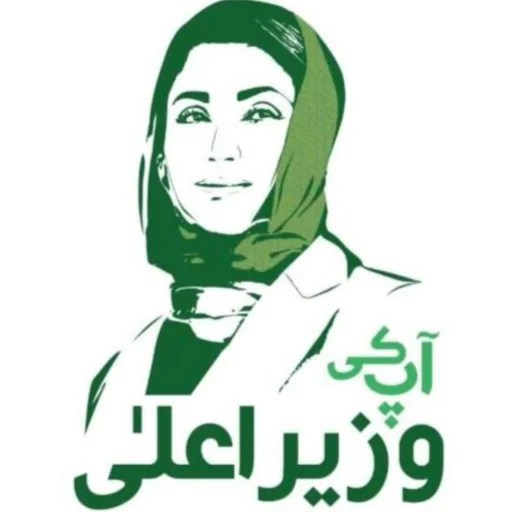Follow us on WhatsApp and YouTube for the latest updates!
The wheat price in Pakistan 2025 – latest rates by the government have become a central topic for farmers, traders, and everyday consumers across the country. With inflation, climate change, and shifting government policies, understanding the latest wheat support prices and market dynamics is more important than ever 🌾
BISP April 2025 Payments Restarted: Rs. 13,500 Kafalat Disbursement Begins in 104 Districts
Current Wheat Prices in Pakistan – April 2025 Update
As of April 2025, the Government of Pakistan has officially set the support price of wheat at:
Punjab: Rs. 3,900 per 40 kg
Sindh: Rs. 4,000 per 40 kg
Khyber Pakhtunkhwa (KPK): Rs. 3,800 per 40 kg
Balochistan: Rs. 3,850 per 40 kg
These prices are meant to protect farmers from market instability while keeping wheat affordable for the general public.
Why Is the Wheat Price Important in 2025?
In 2025, the wheat price in Pakistan will directly affect:
Food security
Bread and flour prices (atta)
Farmer income
Inflation and daily expenses
With wheat being the staple food for most households in Pakistan, even a small price fluctuation can impact millions of people.
Government’s Role in Wheat Pricing – How Rates Are Set
The Government of Pakistan, in collaboration with provincial agriculture departments, sets the official support price for wheat before the sowing season. This ensures that:
Farmers receive fair returns
Grain hoarding is discouraged
Millers and market players follow regulated prices
This system also includes subsidies, storage support, and procurement campaigns led by PASSCO and provincial food departments.
Market vs. Support Price – What’s the Difference?
It’s crucial to understand the difference between market price and support price:
Support Price: The fixed rate announced by the government
Market Price: The actual buying/selling price in open markets
In some areas, market prices exceed the support rate due to high demand, while in others, especially rural zones, it may stay lower due to limited transport or access to buyers.
Wheat Price Trends from 2022 to 2025
Here’s a look at how wheat prices have changed over the past few years:
2022: Rs. 2,200 – 2,400 per 40 kg
2023: Rs. 3,000 – 3,200 per 40 kg
2024: Rs. 3,500 – 3,800 per 40 kg
2025: Rs. 3,800 – 4,000 per 40 kg
The increase reflects rising production costs, fuel prices, and global market instability due to climate and political factors.
BISP 8171 April 2025 Payment Verification: Complete Details
Challenges Facing Wheat Farmers in Pakistan
Despite higher support prices in 2025, many farmers still struggle with:
Expensive fertilizers and diesel
Delayed government procurement
Water shortages
Unregulated middlemen exploiting rural growers
The government is planning to introduce smart subsidies, digital payment tracking, and direct-to-farmer procurement systems to improve transparency.
How Wheat Price Affects Everyday Pakistanis
The rising wheat price in Pakistan also impacts urban and rural consumers. Increased wheat costs lead to:
Higher atta (flour) prices
Rising prices of roti, naan, and bakery items
Greater strain on low-income families
To offset this, the government often introduces atta subsidy programs under BISP and Utility Stores.
Tips for Wheat Buyers and Sellers in 2025
If you’re a wheat seller or buyer, here are a few tips:
Stay updated with official rate announcements
Avoid middlemen where possible
Use digital scales to prevent fraud
Sell through the government-approved procurement centers for the best rates
Frequently Asked Questions (FAQs)
1. What is the current wheat price in Pakistan in 2025?
As of April 2025, the official government wheat support price ranges between Rs. 3,800 to Rs. 4,000 per 40 kg, depending on the province.
2. Why is the wheat price increasing in 2025?
The rise in wheat prices is mainly due to higher costs of fertilizers, fuel, climate-related issues, and global inflation. The government has adjusted the support price to ensure farmers are not at a loss.
3. Is the government giving any subsidy on wheat or flour?
Yes, through BISP Utility Store programs, the government offers atta (flour) at subsidized rates in many districts, especially during Ramadan and national relief campaigns.
4. What is the difference between the support price and the market price?
The support price is the minimum price fixed by the government, while the market price is what buyers and sellers agree upon in open markets. Market prices may vary due to demand and supply.
BISP 8171 Web Portal: Why Is It Closed & When Will It Be Restored?
احساس پروگرام، بے نظیر انکم سپورٹ پروگرام اور مریم نواز کے تمام پروگرامز کی بروقت اپ ڈیٹس کے لیے ہمیں وٹس ایپ چینل پر فالو کریں



